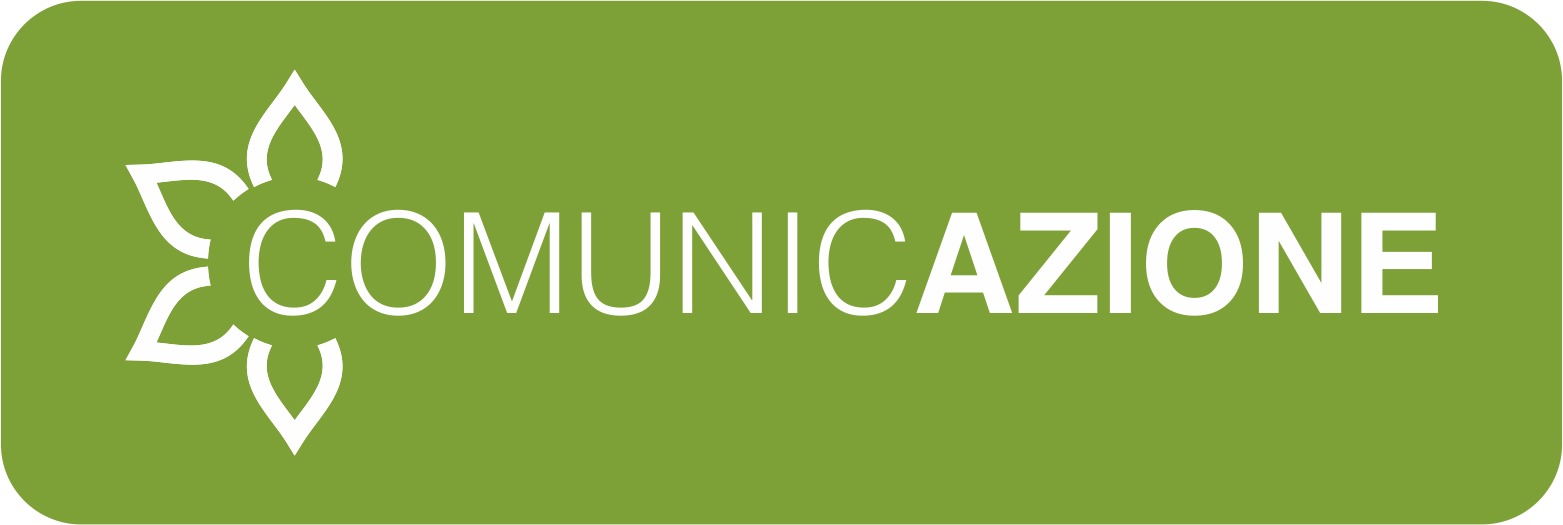It simplifies the reimbursement process and is intended for expenses such as taxi fares, postage, and office supplies. This fund is convenient when the expense is small and it is not feasible to process a check or a credit card transaction. However, the petty cash custodian may perform weekly or daily reconciliation to keep track of the fund balance.
This may be the result of an employee not getting a receipt or getting back incorrect change from the store where the purchase was made. In this case, an expense is created that creates a cash overage or shortage. When there is a shortage of cash, we record the shortage as a “debit” and this has the same effect as an expense. If we have an overage of cash, we record the overage as a credit, and this has the same impact as if we are recording revenue. If there were cash overage, the petty cash account would be debited and the cash over and short account would be credited.
Replenish Petty Cash Fund Journal Entry
This can lead to problems down the road, especially if an audit is conducted. For petty cash reconciliation, subtract the amount in your petty cash fund from the amount stated in your books. Compare this amount to the total amount listed on your receipts to determine if your accounts are equal. Petty cash funds are useful alternatives to writing checks or using your business credit card to cover small expenses. Petty cash funds are used to purchase items for your business, reimburse employees who purchased business items, or to make change.
- Cash on hand is any accessible cash the business or liquid funds have.
- A petty cash fund is a type of imprest account, which means that it contains a fixed amount of cash that is replaced as it is spent in order to maintain a set balance.
- This will ensure that the company’s financial statements are up to date and that the petty cash fund is properly replenished.
- At the end of the month, the cashier will summarize those expenses and prepare petty cash replenishment.
- The petty cash receipts are logged into the company’s General Ledger as credits to the petty cash account, and probably debits to several different expense accounts.
- With an imprest system the balance on the fund (cash + vouchers) is always constant (300).
The replenish will move the cash from other accounts to the petty cash account. At the same time, it records the amount of petty cash that is used to pay for small expenses. Petty cash is used for buying supplies, postage, snacks for employees, and other small business simple invoices in 9 steps expenses. When petty cash is expended, the employee must provide a receipt and explain the purpose of the purchase. Petty cash can be a convenient way for businesses to handle small expenses, but it is important to keep track of all expenditures to avoid overspending.
At the end of July, in the petty cash box there should be a receipt for the postage stamp purchase, a receipt for the milk, a receipt for the window cleaner, and the remaining cash. The employee in charge of the petty cash box should sign each receipt when the purchase is made. The total amount of purchases from the receipts ($45), plus the remaining cash in the box should total $75. As the receipts are reviewed, the box must be replenished for what was spent during the month. The journal entry to replenish the petty cash account will be as follows.
Establishing a Petty Cash Fund
The next step is to enter both an expense and an asset account on your books under “petty cash”. If you are reimbursed $20 for postage expenses, debit postage expense $20 and credit cash $20. Small payments are often needed for postage, delivery charges, office supplies, or entertainment expenses.
Table of Contents
Sometimes, the petty cash custodian makes errors in making change from the fund or doesn’t receive correct amounts back from users. These errors cause the cash in the fund to be more or less than the amount of the fund less the total vouchers. When the fund is replenished, the credit to Cash is for the difference between the established amount and the actual cash in the fund.
The transaction will move the cash balance from bank to the petty cash which will use for the small expense. Petty cash float is the amount which company allows the responsible person to control, and any amount over that must be deposit to the bank. It depends on several factors, such as the demand for petty cash during regular operation. However, we also need to consider the risk of fraud if the float amount is too high as the payment through petty cash does not go through management approval. The cashier can only spend what they have (float amount) and will claim what they already spend.
Lastly, you should choose a maximum amount that employees can request for petty cash transactions. If the employee needs to spend more than the petty cash request limit, they can use the business credit card. For example, you might send an employee to pick up office supplies, like staples or printer paper. You would use your petty cash fund to reimburse your employee for the purchase of the supplies. This is due to the petty cash expense is usually limited to only a certain amount that is deemed to be immaterial. After all, the petty cash fund is established in the first place in order to handle the small expenses that occur in our day-to-day operation.
How To Do Petty Cash Accounting & Recording in 6 Steps
They simply increase petty cash balance and deduct cash at the bank. Replenishing a petty cash fund is an important part of managing a company’s finances. It is necessary to ensure that the fund has sufficient funds to cover daily transactions and that it is properly accounted for in the company’s books.
For example, the company has decided to set the petty cash float of $ 1,000 and this cash is withdrawn from bank account on 01 Jan 202X. (Figure)Even though technology has improved the internal control structure of a company, a supervisor cannot depend totally on technology. Discuss other internal controls a supervisor needs to implement to ensure a strong structure. Next, total the amount of all the outstanding slips (plus attached receipts).
To illustrate, we will close the $100 original petty cash fund by returning the cash to the checking account with a debit to cash and a credit to petty cash. After the check is cashed, the petty cash custodian normally places the money in a small box that can be locked. We will not use the petty cash in a journal entry again unless we are changing this original amount. Usually one individual, called the petty cash custodian or cashier, is responsible for the control of the petty cash fund and documenting the disbursements made from the fund. By assigning the responsibility for the fund to one individual, the company has internal control over the cash in the fund.
An employee using petty cash should provide a receipt for the purchase to the petty cash custodian. Give the receipt to your finance department or the person who handles your small business books. If the vouchers total $130 but the fund needs only $125, the journal entry includes a $5 credit to the cash over and short account.
When the cash balance in the petty cash fund drops to a sufficiently minimal level, the petty cash custodian applies for more cash from the cashier. This takes the form of a summarization of all the receipts that the custodian has accumulated. The cashier creates a new check in the amount of the receipts, and swaps the check for the receipts. The petty cash journal entry is a debit to the petty cash account and a credit to the cash account.

